Three-striped dwarf cichlid - Apistogramma trifasciata
Scientific name: Apistogramma trifasciata
Common name: Three-striped dwarf cichlid
Family: Cichlidae
Usual size in fish tanks: 3 - 4 cm (1.18 - 1.57 inch)
014
Recommended pH range: 6.4 - 7.8
Recommended water hardness: 3 - 19°N (53.57 - 339.29ppm)
0°C 32°F30°C 86°F
Recommended temperature range: 24 - 28 °C (75.2 - 82.4°F)
The way how these fish reproduce: Spawning
Where the species comes from: South America
Temperament to its own species: peaceful
Temperament toward other fish species: peaceful
Usual place in the tank: Middle levels
Food and Feeding
The Three-striped Dwarf Cichlid is an omnivorous species that thrives on a varied diet. While they will readily accept quality flake or small cichlid pellets, they show a preference for live or frozen foods. Providing them with options such as bloodworms, brine shrimp, mysis shrimp, and chopped crustaceans will not only enhance their overall health but also encourage their natural hunting instincts. Feeding small, protein-rich foods helps bring out their vibrant colors and supports their active lifestyle. To maintain their health and water quality, feed these cichlids two to three times a day in small quantities, ensuring they consume all the food within a few minutes.
Origin
The Three-striped Dwarf Cichlid, scientifically known as Apistogramma trifasciata, hails from the slow-moving rivers and streams of South America. They are predominantly found in Brazil and Paraguay, where the waters are typically soft and acidic, rich in tannins from decaying vegetation and submerged wood. These natural habitats feature dense vegetation and provide ample cover, influencing the ideal conditions needed to care for them in a home aquarium. Recreating their native environment in the aquarium helps reduce stress and promotes their natural behaviors.
Sexing
Sexing the Three-striped Dwarf Cichlid can be straightforward once they reach maturity. Males are generally larger, exhibiting a more vibrant blue coloration along their body. Their dorsal and caudal fins often have elongated extensions, enhancing their striking appearance. Females, on the other hand, tend to display a more subdued yellow coloration, especially during the breeding season, and have a stockier build compared to the sleeker males. Observing their behavior, especially during courtship displays, can further assist in distinguishing the sexes.
Breeding
Breeding the Three-striped Dwarf Cichlid in an aquarium can be a rewarding experience. They are cave spawners, preferring secluded spots to lay their eggs. Providing ample caves and hiding places with rocks, driftwood, or clay pots can create suitable spawning sites. To encourage breeding, maintain high water quality with a slightly acidic pH (6.0-6.8) and a temperature of around 26-28°C (78-82°F). The female will lay eggs on the cave ceiling or wall, and she will guard them while the male patrols the territory. Once the fry hatch and become free-swimming, feed them on newly hatched brine shrimp or specialized fry foods. The female will continue to protect the fry for several weeks, showcasing the species' remarkable parental care.
Lifespan
The expected lifespan for Apistogramma trifasciata is 3-5 years in captivity. To maximize their lifespan, provide a stable environment with clean water, a varied diet, and peaceful tank mates. Regular water changes and careful monitoring of water parameters are essential to prevent stress and disease, ensuring these cichlids enjoy a long and healthy life in the aquarium.
Tank Setup and Environment
Three-striped Dwarf Cichlids thrive in well-planted aquariums that mimic their natural habitat. To create a suitable environment, use a soft substrate like sand or fine gravel to allow them to dig and exhibit their natural behaviors without damaging their delicate gill covers. Incorporate plenty of hiding spots with rocks, driftwood, and dense plantings like Java Fern, Anubias, and Amazon Swords to provide shelter and reduce stress. Additional plants such as Cryptocoryne Wendtii, Java Moss, Echinodorus Bleheri, and Hygrophila Polysperma can also be used to create a lush and varied environment. Floating plants like Amazon Frogbit or Water Sprite can help diffuse the lighting, creating the dim conditions they prefer.
Maintaining water conditions similar to their natural environment is crucial. Aim for soft, slightly acidic water with a pH between 6.4 and 7.0 and a temperature range of 24-28°C (75-82°F). Regular water changes and efficient filtration are necessary to keep the water quality high. A tank size of at least 60 liters (15 gallons) is recommended for a pair, with a larger tank required for a community setup to accommodate their territorial nature during breeding.
Compatibility and Tank Mates
Three-striped Dwarf Cichlids are relatively peaceful but can become territorial, especially during breeding. They are best kept in a species-specific setup or with other non-aggressive fish. Suitable tank mates include small, peaceful species like Neon Tetras, Ember Tetras, and small rasboras. Corydoras catfish can also be excellent companions as they occupy different tank levels and do not compete for territory.
Avoid housing them with larger, more aggressive cichlids or fin-nipping species such as Tiger Barbs, as this can lead to stress and conflict. It is also advisable to avoid very active or boisterous fish that may outcompete them for food and cause undue stress in the tank environment.
Short Description
Apistogramma trifasciata, commonly known as the Three-striped Dwarf Cichlid, is a visually stunning and relatively peaceful species. They thrive in well-planted aquariums with soft, slightly acidic water, where they can exhibit their natural behaviors. Known for their vibrant coloration and intriguing breeding habits, they make an excellent choice for aquarists looking to add a splash of color and personality to a community tank. With proper care, they can become a highlight in any freshwater setup.
Picture
Bought by aqua-fish.net from jjphoto.dk.
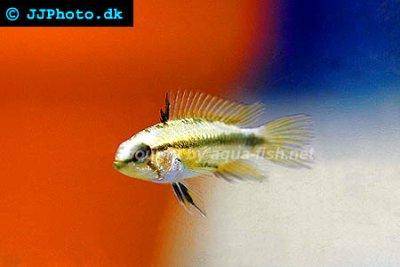

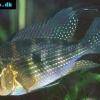 Thread-finned
Thread-finned 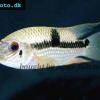 Acara
Acara 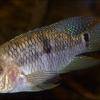 Yellow
Yellow 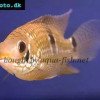 Patrick's
Patrick's 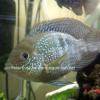 Blue
Blue 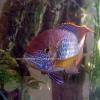 Green
Green 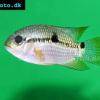 Acara
Acara 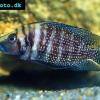 White
White 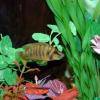 Compressed
Compressed 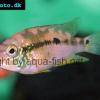 Pastel
Pastel 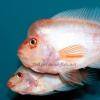 Midas
Midas 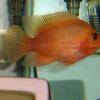 Red
Red 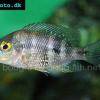 Bluemouth
Bluemouth 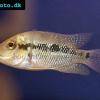 False
False 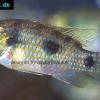 African
African 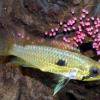 Agassiz's
Agassiz's 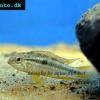 Banded
Banded 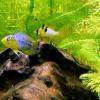 Yellow
Yellow 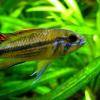 Cockatoo
Cockatoo 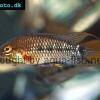 Blue
Blue 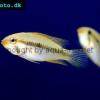 Blackstripe
Blackstripe 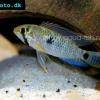 Highfin
Highfin 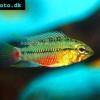 Redstripe
Redstripe 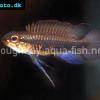 Threadfinned
Threadfinned 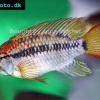 Macmaster’s
Macmaster’s 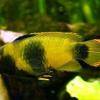 Panda
Panda 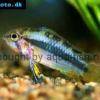 Norbert’s
Norbert’s 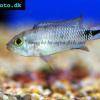 Blue
Blue 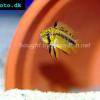 Thin-line
Thin-line 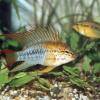 Viejita
Viejita 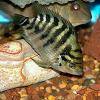 Flier
Flier 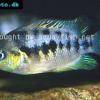 Archocentrus
Archocentrus 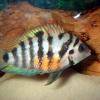 Convict
Convict 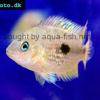 Seven
Seven 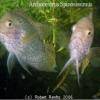 Spiny
Spiny 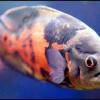 Oscar
Oscar 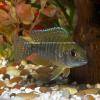 Sunshine
Sunshine 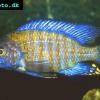 Chitande
Chitande 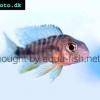 Firebird
Firebird 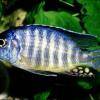 Midnight
Midnight 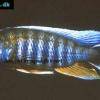 Lake
Lake 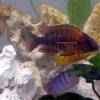 Sunshine
Sunshine 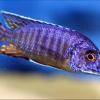 Aulonocara
Aulonocara 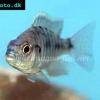 Nyasa
Nyasa 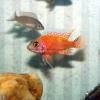 Ruby
Ruby 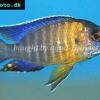 Grants
Grants 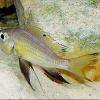 Aulonocranus
Aulonocranus 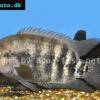 Chameleon
Chameleon 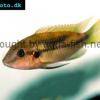 Benitochromis
Benitochromis 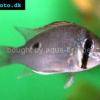 Orinoco
Orinoco 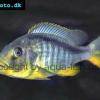 Yellow
Yellow 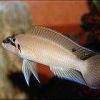 Brichard’s
Brichard’s 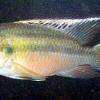 Guenther’s
Guenther’s 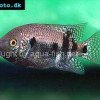 Southern
Southern 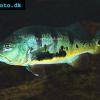 Cichla
Cichla 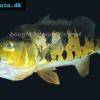 Peacock
Peacock 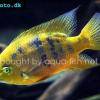 Chiseltooth
Chiseltooth 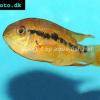 Bolivian
Bolivian 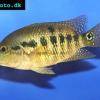 Red
Red 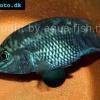 Many-pointed
Many-pointed 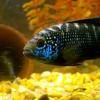 Jack
Jack 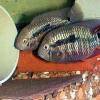 Red
Red 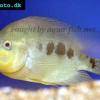 Three
Three 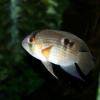 Keyhole
Keyhole 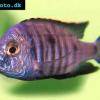 Azureus
Azureus 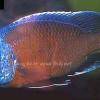 Red
Red 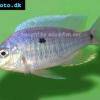 Jackson’s
Jackson’s 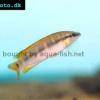 Crenicichla
Crenicichla 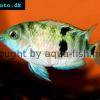 Honduran
Honduran 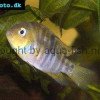 Blue-eye
Blue-eye 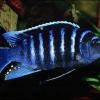 Afra
Afra 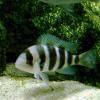 Frontosa
Frontosa 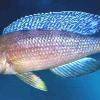 Slender
Slender 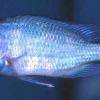 Malawi
Malawi 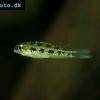 Chequerboard
Chequerboard 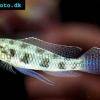 Checkerboard
Checkerboard 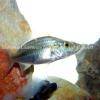 Malawi
Malawi 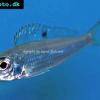 Ectodus
Ectodus 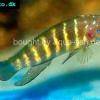 Tanganyika
Tanganyika 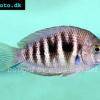 Canara
Canara 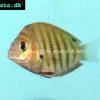 Green
Green 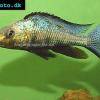 Rostratus
Rostratus 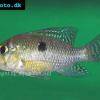 Pearl
Pearl 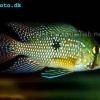 Geophagus
Geophagus 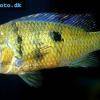 Yellowhump
Yellowhump 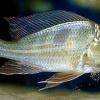 Suriname
Suriname 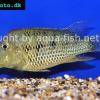 Redhump
Redhump 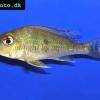 Red
Red 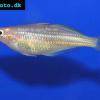 Dority’s
Dority’s 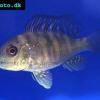 Argentine
Argentine 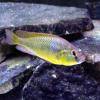 Burton’s
Burton’s 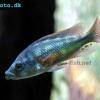 Victoria
Victoria 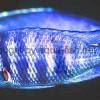 Haplochromis
Haplochromis 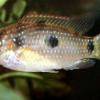 Jewel
Jewel 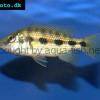 Banded
Banded 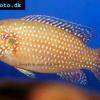 Lifalili
Lifalili 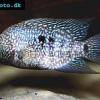 Lowland
Lowland 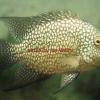 Texas
Texas 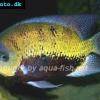 Pantano
Pantano 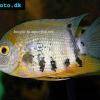 Severum
Severum 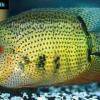 Banded
Banded 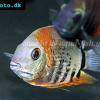 Severum
Severum 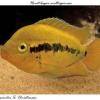 Rainbow
Rainbow 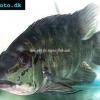 Parrot
Parrot 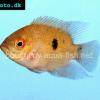 Chocolate
Chocolate 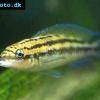 Brown
Brown 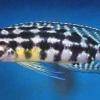 Marlieri
Marlieri 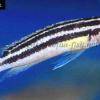 Golden
Golden 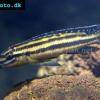 Striped
Striped 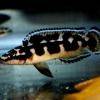 Masked
Masked 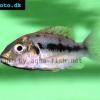 Konye
Konye 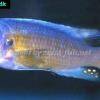 Blue
Blue 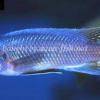 Trewavas
Trewavas 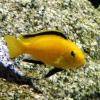 Electric
Electric 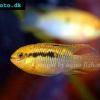 Dwarf
Dwarf 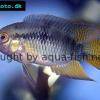 Redbreast
Redbreast 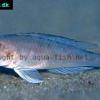 Lamprologus
Lamprologus 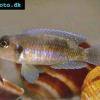 Gold
Gold 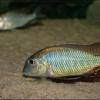 Greenface
Greenface 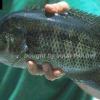 Mayan
Mayan 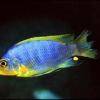 Aurora
Aurora 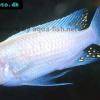 Blue
Blue 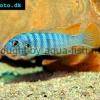 William’s
William’s 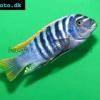 Zebra
Zebra 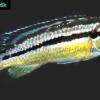 Malawi
Malawi 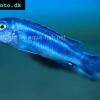 Blue
Blue 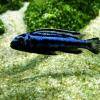 Blue
Blue 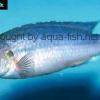 Mbuna
Mbuna 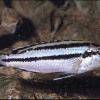 Parallel
Parallel 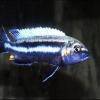 Purple
Purple 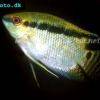 Flag
Flag 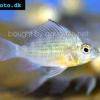 Bolivian
Bolivian 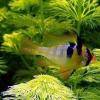 Ram
Ram 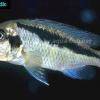 Basket
Basket 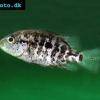 Haitian
Haitian 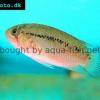 Zebra
Zebra 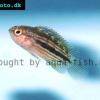 Striped
Striped 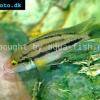 Neolamprologus
Neolamprologus 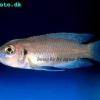 Brevis
Brevis 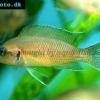 Fairy
Fairy 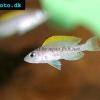 Neolamprologus
Neolamprologus 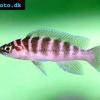 Cylindricus
Cylindricus 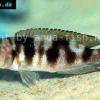 Hecq’s
Hecq’s 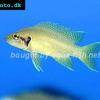 Neolamprologus
Neolamprologus 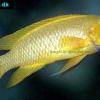 Lemon
Lemon 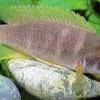 Mustax
Mustax 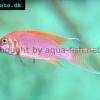 Daffodil
Daffodil 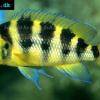 Six-bar
Six-bar 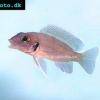 Five-bar
Five-bar 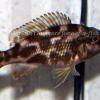 Marbled
Marbled 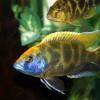 Giraffe
Giraffe 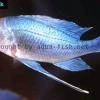 Blue
Blue 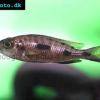 Sulphurhead
Sulphurhead 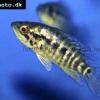 Wolf
Wolf 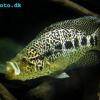 Jaguar
Jaguar 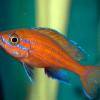 Blue
Blue 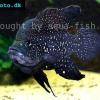 Marakeli
Marakeli 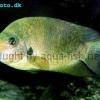 Madagascar
Madagascar 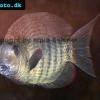 Pinstripe
Pinstripe 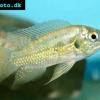 Pelmatochromis
Pelmatochromis 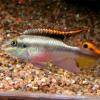 Kribensis
Kribensis 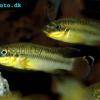 Striped
Striped 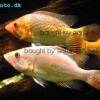 Red
Red 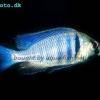 Deepwater
Deepwater 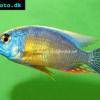 Fenestratus
Fenestratus 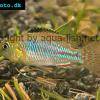 Nichols’
Nichols’ 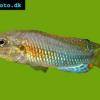 Southern
Southern 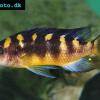 Bumble
Bumble 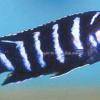 Demason’s
Demason’s 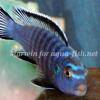 Slender
Slender 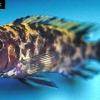 Red
Red 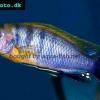 Mbuna
Mbuna 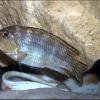 Malawi
Malawi 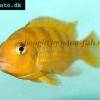 Kenyi
Kenyi 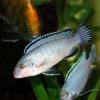 Powder
Powder 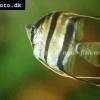 Altum
Altum 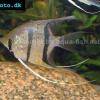 Angelfish
Angelfish 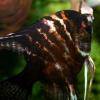 Angelfish
Angelfish 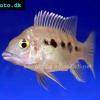 East
East 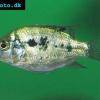 Juba
Juba 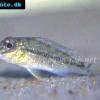 Earth
Earth 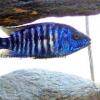 Electric
Electric 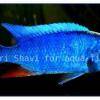 Azure
Azure 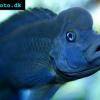 Lionhead
Lionhead 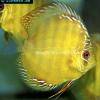 Discus
Discus 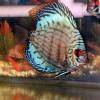 Blue
Blue 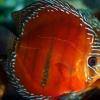 Red
Red 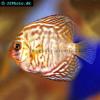 Zebra
Zebra 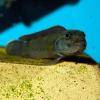 Brichard’s
Brichard’s 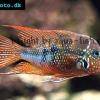 Blue
Blue 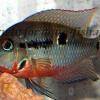 Firemouth
Firemouth 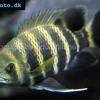 Zebra
Zebra 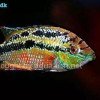 Yellow
Yellow 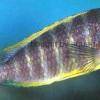 Blue
Blue 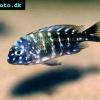 Dwarf
Dwarf 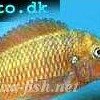 Blunthead
Blunthead 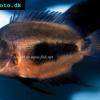 The
The 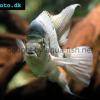 White
White 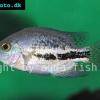 Twoband
Twoband 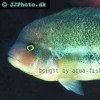 Fenestratus
Fenestratus 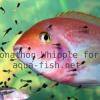 Window
Window 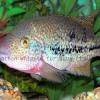 Tailbar
Tailbar 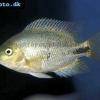 Black
Black 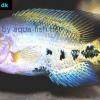 Redhead
Redhead 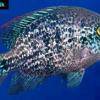 Oaxaca
Oaxaca 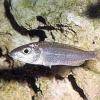 Xenotilapia
Xenotilapia